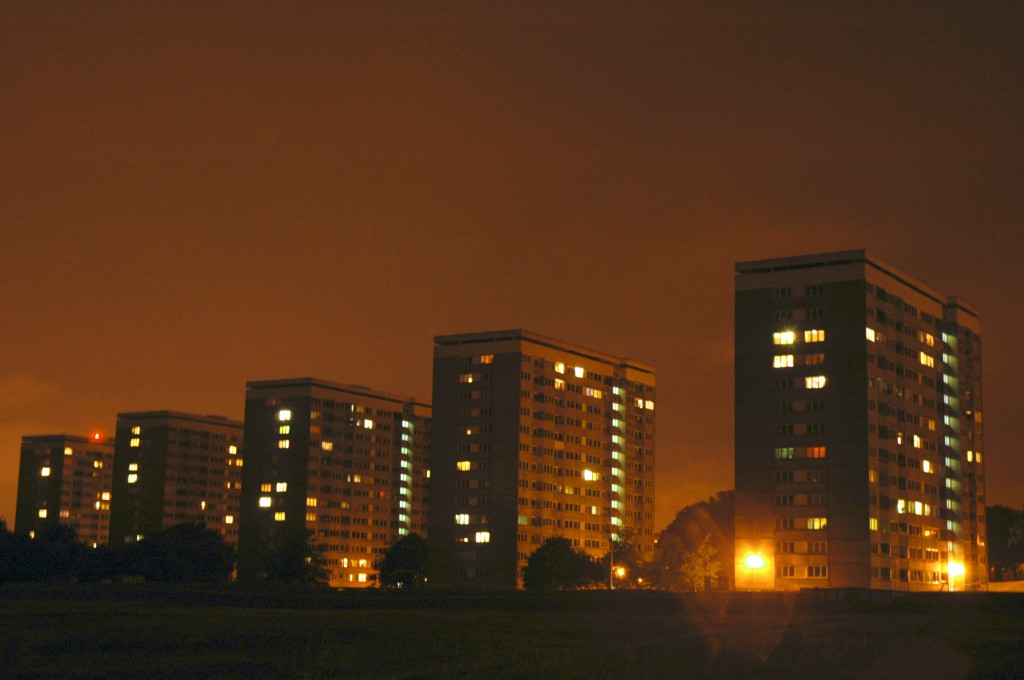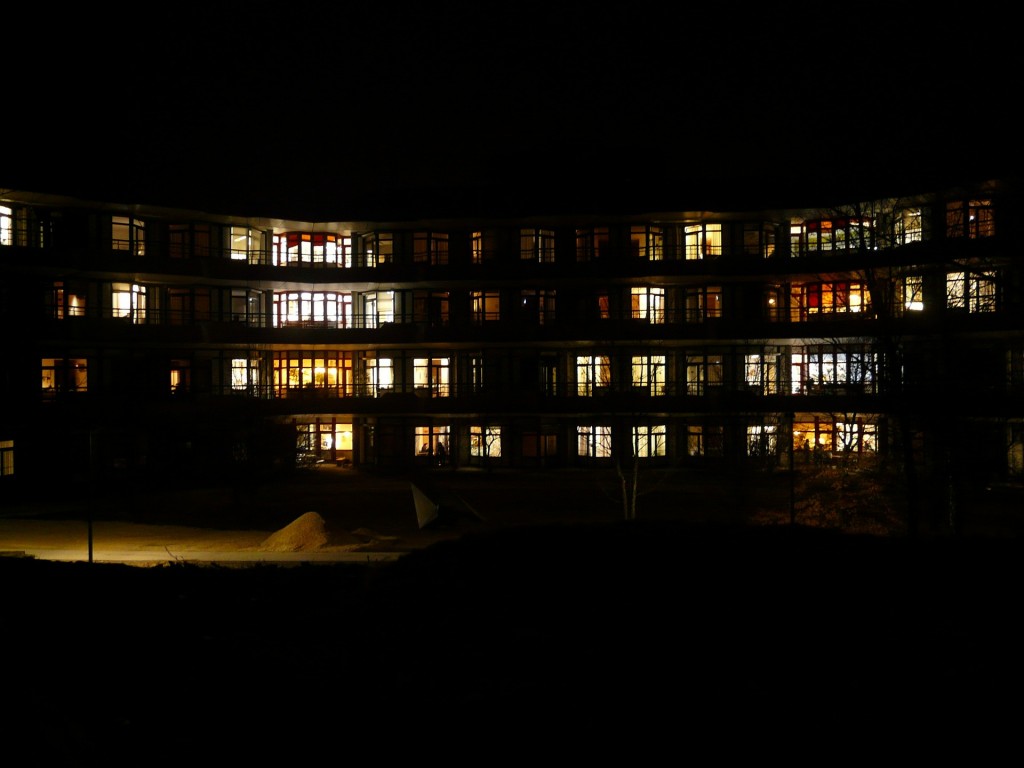The Case For LED Lighting In Social Housing
Posted by Amit Soni on 28th Mar 2012

The Energy Saving Trust (EST) is a non-profit organisation that has tasked itself with providing free, impartial advice on energy saving practices.
Back in 2009, they received government funding to run trials of LED lighting – in order to show once and for all that LEDs could deliver on their promises of reducing energy consumption and cost.
The trial focused primarily on the communal areas of social housing – such as stairwells, corridors and common rooms. The main reason for this is that they are illuminated 24 hours a day, 7 days a week, so the effects of cost and energy saving would really be noticeable.
More than 4,250 LED light fittings were installed at 35 sites across the UK. They were all tested on a number of key attributes, including power consumption (watts), brightness levels (lux), colour temperature (CCT), colour rendering index (CRI) and power factor.
The trial was split up into 3 separate phases – with funding for phase 3 being cut before it could be started. As a result, only 2 of the phases were completed.
Crucially, all the LED lights used were retrofit products – they were all installed in previously existing fittings. Any drivers and control gear was contained within the LED itself – negating the need for any complex rewiring.
The results of the trial were a resounding success. The LED lights showed a 60% reduction in energy consumption when compared to the previous lights. According to the final report, this amounted to a saving of 3,000,000 kilowatt hours (kWh) per year.
At a rate of 15.4p per kWh, that equates to a saving of £462,000 per year just in energy!
This was reflected in the lifetime savings too. At one particular site, LEDs cost £150,752 less than existing lighting over a 5 year period! Bear in mind, these savings will only increase as the prices of LED units continue to fall.
The quality shone through as well, offering considerably brighter light levels compared to previous light installations.
The average lux prior to the trial was 63, whereas the initial LED lux was 126 – a 100% increase. The lux levels dropped to 119.5 after 6 months, though this was still a 92.6% maintenance compared to the old lights.

The feedback from the tenants was equally positive, and also provided an insight into how the new LED lights were improving their lives.
They were praised for their brighter, more natural light which gave a greater sense of safety and security when returning home in the evening.
The EST’s technical development manager had the following to say about the new LED lighting systems: “LEDs promise to be the way forward for the whole sector, to be honest. There are so many benefits: they can be smaller, brighter; it is one of those rare technologies where the trial has shown it performs better than the lighting system it is replacing, but, at the same time, uses less energy.”
One of the biggest issues faced by the LED lighting industry at the moment is the scepticism surrounding the data on manufacturer specification sheets.
By performing real life field tests, organisations like the EST are able to prove the effectiveness of LEDs and restore customer confidence.
Social housing developments, like those featured in the trial, currently account for 29% of England’s entire housing stock.
This means they will have an important part to play in helping the UK meet its 2050 energy saving target of reducing greenhouse gas emissions by 80%, relative to 1990 levels.





